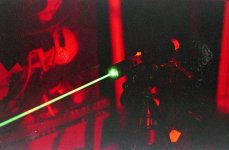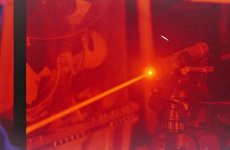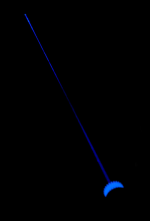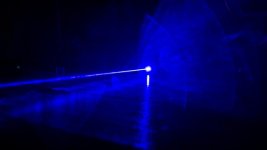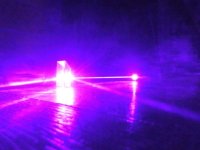- Joined
- Oct 1, 2007
- Messages
- 2,883
- Points
- 113
I just ordered a 561nm pen from tinkertavernco's sale last week and was wondering if anyone else had tried this. Many digital cameras have trouble with certain wavelengths, often with lasers in the 405 and 540 - 580 part of the spectrum. Many pictures of them appear the wrong color and not at all what is actually seen.
Has anyone tried photographing these wavelengths with a film camera? Was the film able to correctly capture these wavelengths? I do have a very old film SLR camera (picture below) that used to belong to my dad and would get some film and try when I get my 561 laser if anyone's had some luck with this.
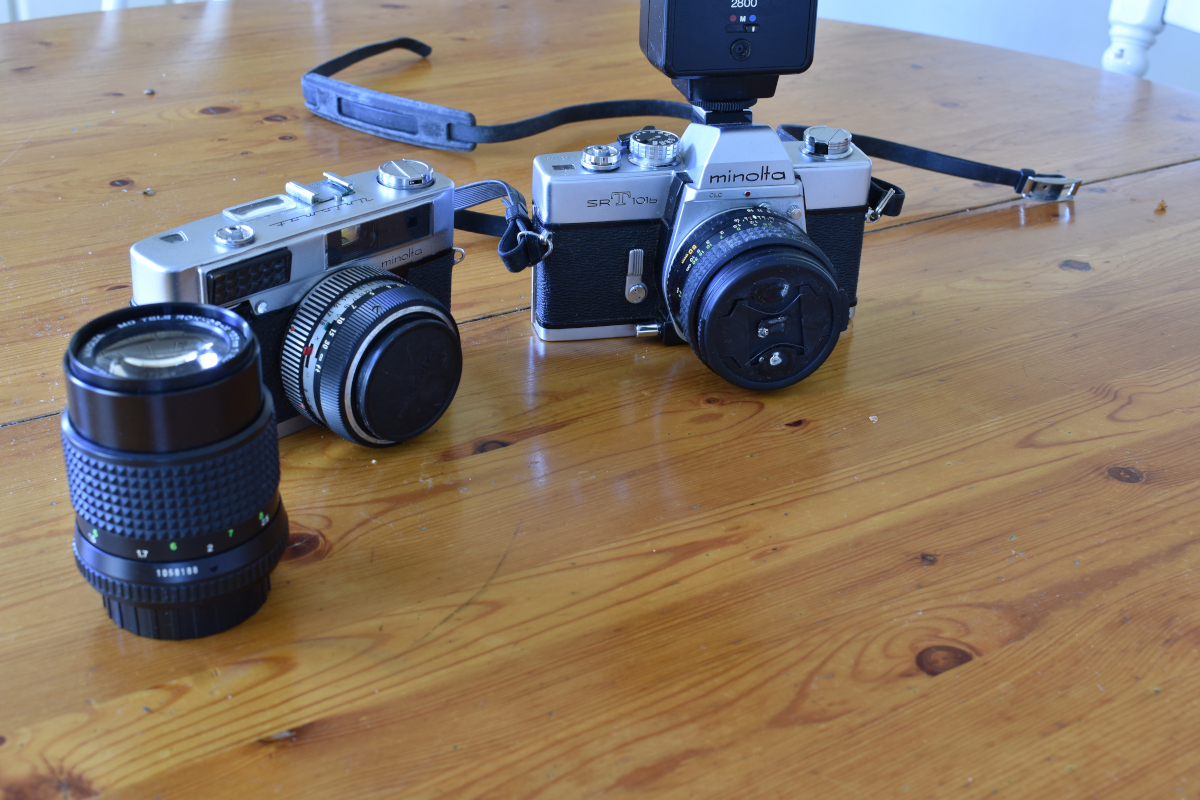
Has anyone tried photographing these wavelengths with a film camera? Was the film able to correctly capture these wavelengths? I do have a very old film SLR camera (picture below) that used to belong to my dad and would get some film and try when I get my 561 laser if anyone's had some luck with this.







